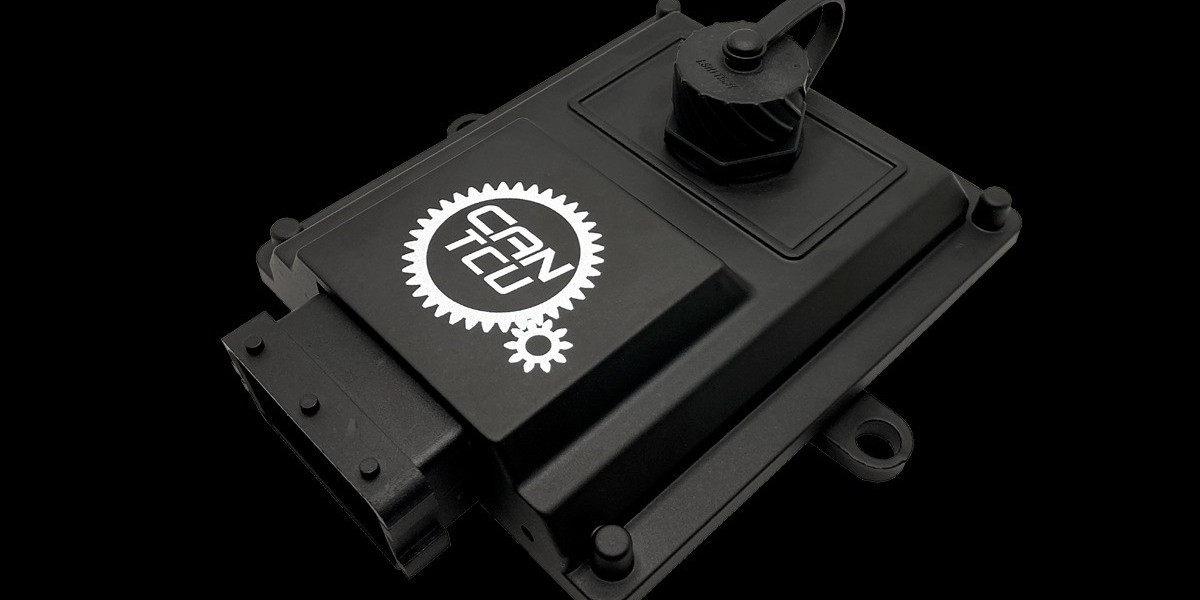Modern automatic transmissions rely on electronics to manage shifting, and the transmission control unit (TCU) is the brain behind smooth gear changes. This article explains what a TCU does, how to spot problems, and where to buy a replacement that fits your vehicle.
TL;DR / Key Takeaways
TCU stands for Transmission Control Unit and controls automatic gearbox behavior.
Common failure signs include rough shifting, limp mode, and transmission warning lights.
You can buy OEM and remanufactured TCUs from specialists like or certified dealers.
Diagnose with OBD2 codes, live data, and a mechanical inspection before replacing a TCU.
What is a Transmission Control Unit (TCU)?
The TCU is an electronic control unit that manages automatic transmissions for optimal performance. It reads sensors, controls shift solenoids, and decides shift timing and firmness.
Definition: A TCU receives input from engine sensors and driver controls and sends precise commands to the transmission hardware. Example: a Nissan TCU adjusts shifts for sport or economy modes.
How a TCU works
The TCU uses sensor data and internal logic to operate the gearbox. It monitors speed, throttle angle, engine torque, and gear position to choose the right shift strategy.
Examples: It pulses solenoids to change hydraulic flow and uses shift maps to match driving style. Modern TCUs adapt over time to engine wear and driving habits.
Signs of TCU failure
The most common signs appear in how the car shifts and drives. Watch for delayed engagement, harsh or slipping shifts, and the transmission warning light.
Warning lights and persistent error codes.
Unusual noises during shifts or slipping gears.
Car stuck in one gear or entering limp mode.
Poor fuel economy tied to incorrect shift points.
Expert tip: Intermittent issues often point to wiring or connectors, not always the TCU itself.
Diagnosing and fixing TCU problems
Start diagnosis with OBD2 scanning and live-data logging. That finds stored transmission codes and sensor anomalies quickly.
Next, inspect wiring, grounds, and connectors for corrosion or damage. Use a multimeter and scope for signal checks.
Repair options include flashing updated software, repairing wiring, replacing solenoids, or replacing the TCU. Always confirm fault origin before swapping the module.
How to buy a TCU
Buy the right TCU by matching the exact part number, vehicle VIN, and transmission type. Compatibility matters more than price.
Available options include new OEM TCUs, remanufactured units, and used OEM units. Each option offers trade-offs in warranty, cost, and availability.
Where to buy TCUs
Specialist suppliers and OEM dealers are the safest sources. For many makes and models you can compare options.
High-authority resources for technical guidance include the National Highway Traffic Safety Administration and the vehicle-specific service manuals on manufacturer websites.
How to choose the right TCU
Match the OEM part number and software calibration. Verify VIN compatibility and transmission model before purchase.
Check warranty length and testing procedures. Remanufactured TCUs often include testing and a shorter warranty than new OEM units.
Quick comparison: new vs remanufactured vs used TCUs
This table shows practical differences to guide a purchase decision.
Maintenance and prevention
Regular transmission fluid changes and wiring checks extend TCU life. Fluid condition affects pressure and solenoid function directly.
Protect the control unit from water and heat. Clean grounds and connectors during routine service.
Summary
The transmission control unit is central to automatic transmission performance. Diagnose carefully, prefer a matched part number, and source the module from a trusted source.
FAQ
How long does a TCU last?
Most TCUs last over 100,000 miles with proper maintenance, but life varies with conditions and vehicle age.
Can a TCU be repaired?
Many TCUs are repairable; solder joints, capacitors, or connector pins can be fixed by qualified electronics repair shops.
Will replacing the TCU fix shifting problems?
Only if diagnostics confirm the TCU as the root cause; many shifting issues stem from wiring, sensors, or hydraulics.
Do TCUs need software updates?
Manufacturers release calibration updates occasionally. Updating software can solve driveability issues without hardware replacement.






